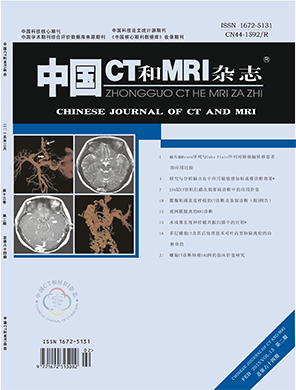Head and Neck Imaging
The Application of 3.0T MR IDEAL and T2 Mapping Imaging in Lumbar Intervertebral Disc Degeneration
Author:GE Yong-qian, ZHOU Xue-jun, BAO Xue-ping,et al.
affiliation:Department of Radiology, Affiliated Hospital Of Nantong University, Jiangsu Province, Nantong 226001, China
PDFAbstract
Objective To evaluate the clinical value of magnetic resonance IDEAL and T2 mapping imaging in lumbar intervertebral disc degeneration. Methods The prospective pilot study chose 30 patients with symptoms of lumbar intervertebral disc degeneration. Sagittal T2 IDEAL imaging, sagittal T1 Flair imaging, axis intervertebral disc T2FSE and sagittal T2mapping imaging were performed. According to Pfirrmann grading method,discs from L2 to S1 were classified on the sagittal water-phase images. As regions of interest(ROI) were evaluated on water-phase images, T2 relaxation times of nucleus pulposus(NP) were measured. The correlativity between Pfirrmann grade and T2 values was analyzed using statistical analysis. Results Totally 120 discs were measured.The T2 value of NP decreased whlie the Pfirrmann grade increased. The significant diffrernces of T2 value of NP were found in all grades (p<0.05)except for the grade Ⅳ and Ⅴ(p> 0.05). Conclusion The IDEAL and T2 mapping imaging could be combined to analysis intervertebral disc degeneration by the way of qualitative and quantitative methods.
【Keyword】Magnetic Resonace Imaging; Intervertebral Disc Degeneration; IDEAL Sequence; T2 Relaxation Time
【Chart number】R445.2
【Document Identification Number】A
【DOI】 10.3969/j.issn.1672- 5131.2015.02.26
Chinese journal of CT and MRI
th13Volume, th 2 Issue
2015Year02Month

Related articles